 Gropius House
Gropius House
Bauhauslers
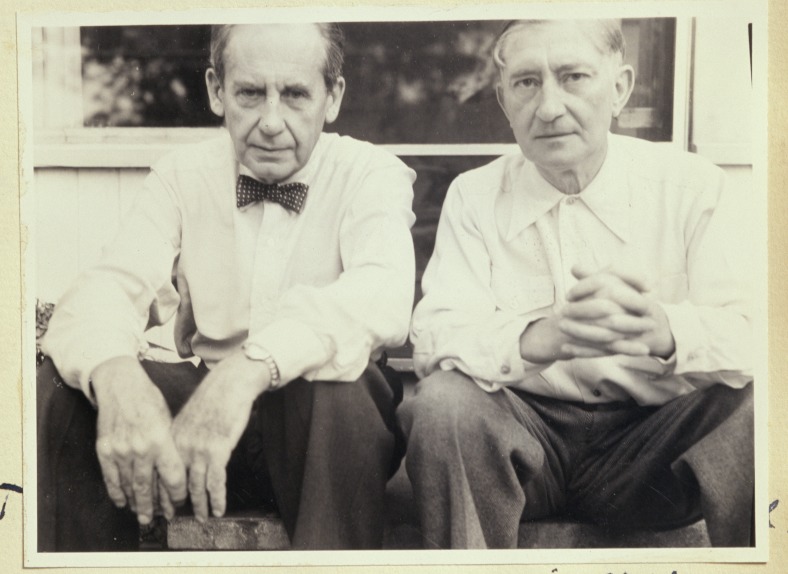
Josef Albers (1888-1976)
Josef Albers was an influential member of the Bauhaus faculty, 1923-1933, whose work in color theory and development of the foundations coursework of the Bauhaus (known as the “Vorkurs”) has left a profound impact on art education to this day. His influence as an art educator continued when he emigrated to the United States as a core faculty member of the legendary experimental institution known as Black Mountain College and at Yale University. Today, his “Interaction of Color” is still a key text in Color Theory.

Anni Albers (1899-1994)
Anni Albers enrolled as a Bauhaus student in 1922. At the Bauhaus weaving workshop, she learned to experiment within the basic structure of weaving and textile design, becoming one of the most prolific and renown members of the workshop. Marrying Bauhaus master instructor Josef Albers in 1925, the pair was central to Bauhaus teaching and artistic production.
Anni Albers made her mark on the Bauhaus, the weaving art form, and the conception of “women’s” crafts with her innovations. Beyond the integration of abstract modernism into textile weavings, Albers also introduced new technologies to the weaving workshop. In 1949, the Museum of Modern Art, New York exhibited Albers’ work, making her the first designer to have a solo exhibition there.
Alfred Arndt (1898-1976)
Arndt studied at the Bauhaus in Weimar and at the Bauhaus Dessau from 1921 to 1927. In 1927, Arndt married the Bauhaus student Gertrud Hantschk. He returned to the Bauhaus Dessau in 1929 under the directorship of Hannes Meyer, where the following year, he became the director of the interior design department.
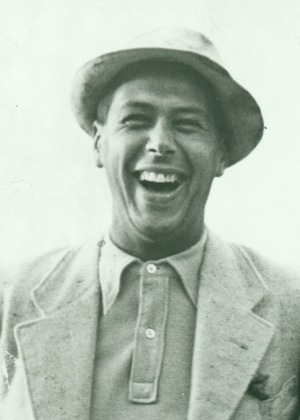
Herbert Bayer (1900-1985)
A lifelong friend of the Gropiuses, Austrian-born Herbert Bayer was a gifted graphic designer, painter, and photographer who began his relationship with the Bauhaus as a student from 1921-23, and was subsequently appointed to master of Graphic Arts by Gropius, serving in that role from 1925-1928. After his work at the Bauhaus, Bayer worked as an art director in Vogue magazine’s Berlin office. Bayer remained in Germany later than many of his progressive Bauhaus colleagues and fled the country shortly after being included in the Nazi “Degenerate Art” propaganda exhibition of 1937. In 1938, Bayer emigrated with his wife to New York with an invitation from the Museum of Modern Art to work as an Exhibition Designer. At MoMA, he worked on the landmark Bauhaus: 1919–28 exhibition, as well as Edward Steichen’s highly influential “Road to Victory” exhibition of 1942.
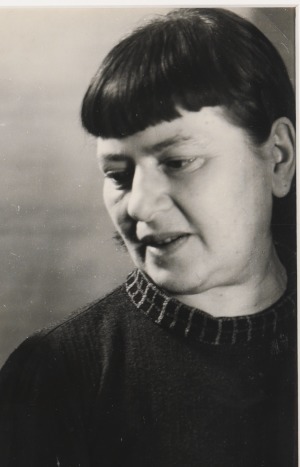
Marianne Brandt (1893-1983)
Marianne Brandt studied painting and sculpture at the Weimar Saxon Grand Ducal Art School from 1911 to 1917. She went on the study and teach at the Bauhaus in Weimar and Dessau from 1923 to 1928.
Trained as a painter before joining the Weimar Bauhaus in 1923, she became a student of Hungarian modernist theorist and designer László Moholy-Nagy in the metal workshop. She quickly rose to the position of workshop assistant and succeeded Moholy as the workshop’s acting director in 1928, serving in the post for one year and negotiating some of the most important Bauhaus contracts for collaborations with industry. These contracts for the production of lights and other metal workshop designs were a rare example of one of the workshops helping to fund the school. After leaving the Bauhaus for Berlin in 1929, Brandt worked for Walter Gropius in his Berlin studio.
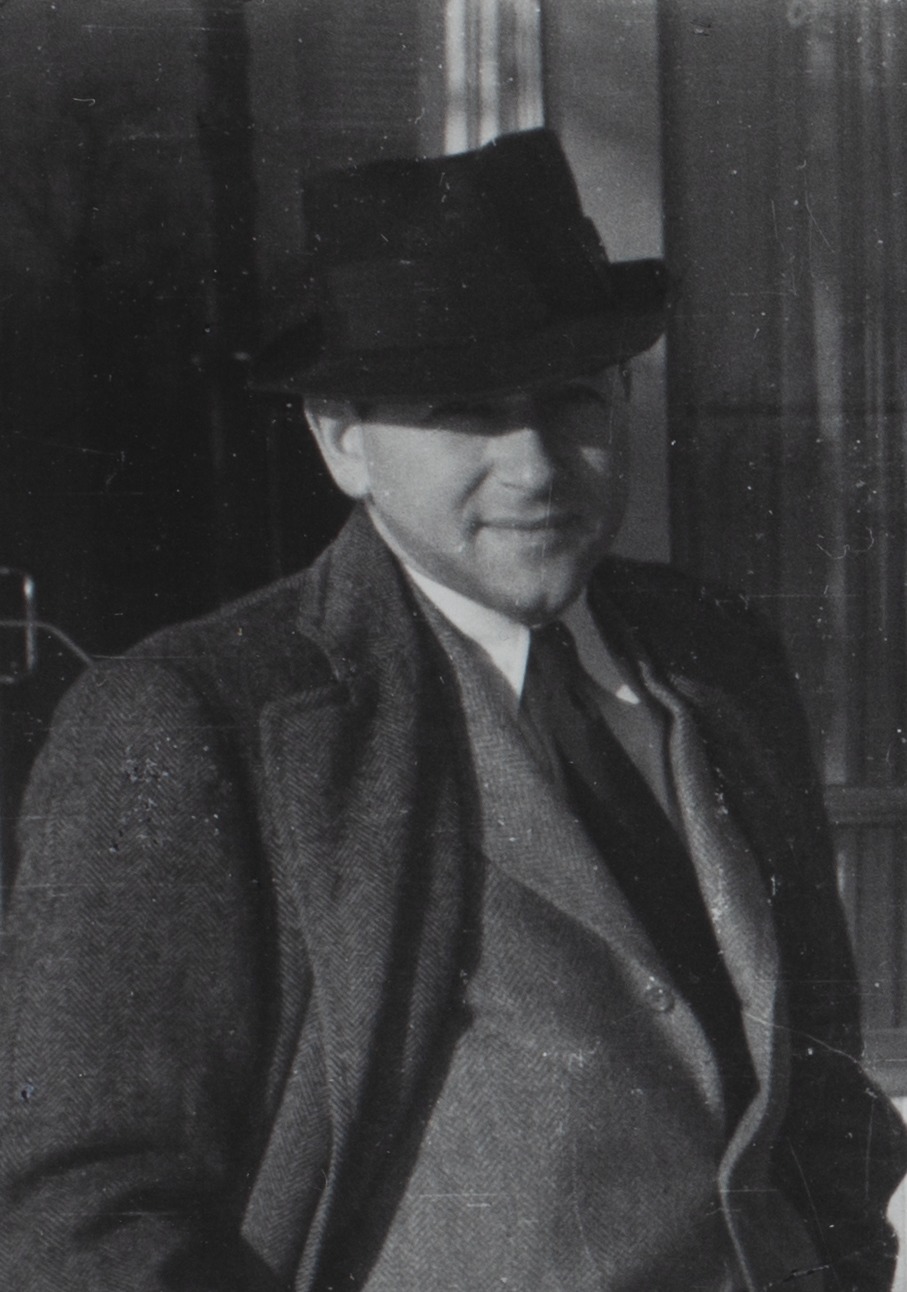
Marcel Breuer (1902-1981)
In 1921, the 18-year-old Hungarian-born Marcel Breuer moved to Weimar, Germany to enroll as a student in the recently created Bauhaus. Gropius immediately recognized Breuer’s talent and quickly promoted him to the head of the carpentry shop. The pair formed a close-knit friendship and working relationship that lasted for many years: at the Bauhaus, Breuer produced the furniture for Gropius’ Sommerfeld House as well as the furnishings and cabinetry for the Dessau Masters’ Houses.
Breuer moved to London in 1936 at the behest of Walter Gropius, who was concerned for his safety during the Nazi occupation. Here, he found work with Jack Pritchard of the Isokon Company, one of the earliest champions of modern design in Britain. With Isokon, he designed the bent plywood “long chair,” which became a signature of the company’s design work.
While well-known as an architect in his own right, Breuer’s influence on furniture design is perhaps his greatest legacy. His experiments in tubular bent steel brought flexible, cantilevered seating to the mass market, and his Wassily and Cesca chairs are considered some of the most influential furniture designs to ever be created and continue in production to this day.
Carl Fieger (1893-1960)
Carl Fieger worked at the studio of Peter Behrens starting in 1911 where he met Walter Gropius. After participating in the interior design of the German Embassy in St. Petersburg in 1912, Fieger became an employee of Walter Gropius’ architectural office during that same year. After the end of the war, he once again worked at the studio of Peter Behrens until Gropius appointed him as an adjunct teacher for architectural drawing at the State Bauhaus in Weimar in 1921. Fieger drew plans for the Bauhaus building and the Masters’ Houses and taught at the Bauhaus from 1927–1930.
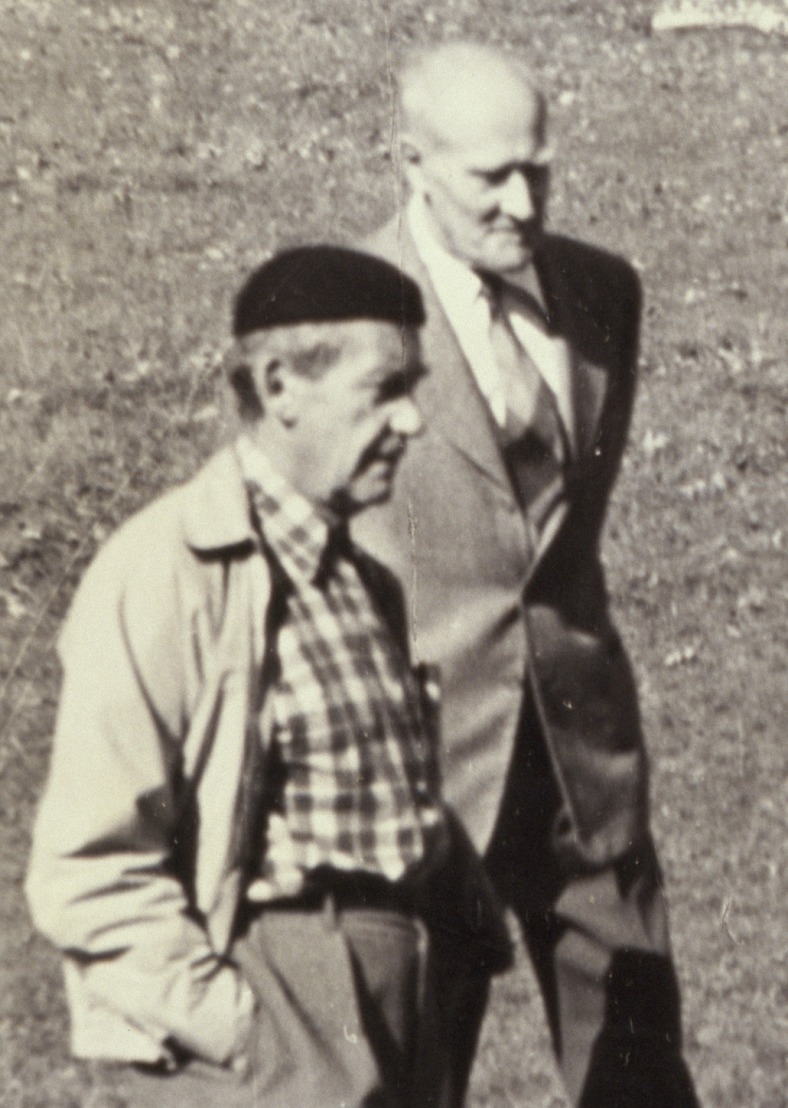
Lyonel Feininger (1871-1956)
Lyonel Feininger was a German-American painter, who was born on July 17, 1871, in New York to a family of musicians. In May 1919, Walter Gropius appointed him as one of the first masters at the Staatliches Bauhaus in Weimar, where he served as master of form in the printing workshop from 1919 to 1925. His woodcut Cathedral was used to illustrate the cover of the Bauhaus Manifesto of 1919 its design as an expressionist woodcut ‘cathedral’. He taught at the Bauhaus for several years.
When the Nazi Party came to power in 1933, the situation became unbearable for Feininger and his wife. The Nazi Party declared his work to be “degenerate”. They moved to America after his work was exhibited in the ‘degenerate art’ (Entartete Kunst) in 1936, but before the 1937 exhibition in Munich. He taught at Mills College before returning to New York. He was elected to the American Academy of Arts and Letters in 1955.
Andreas Feininger (1906-1999)
Andreas was the eldest son of the Expressionist painter, Lyonel Feininger. Growing up in Germany, Feininger studied design at the Bauhaus school in Weimar.
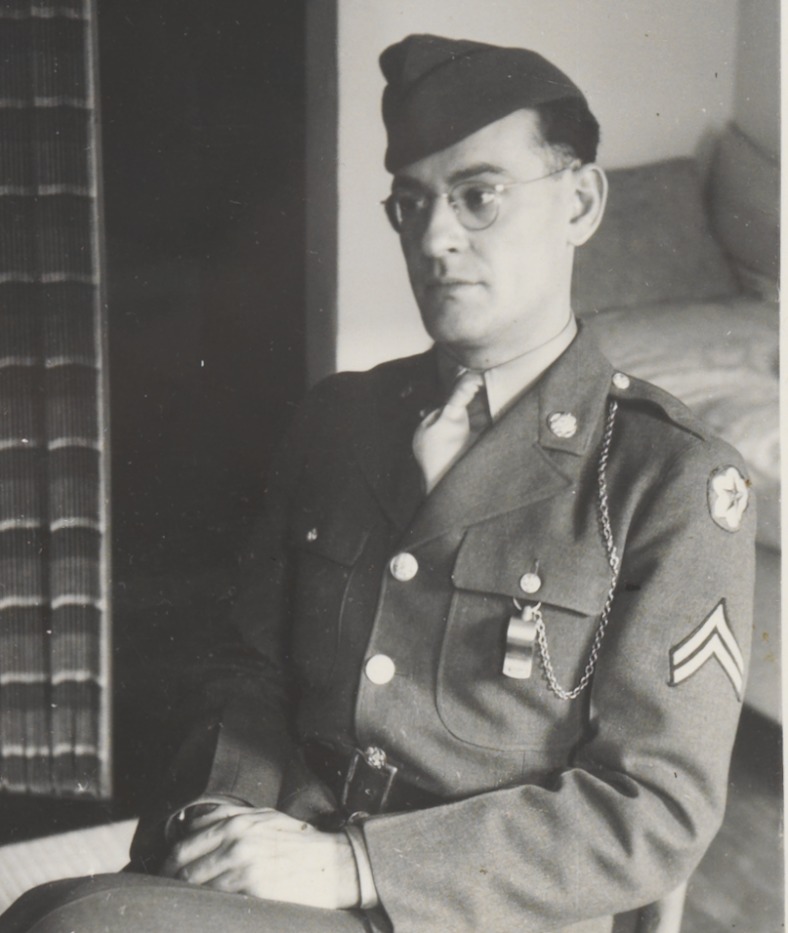
T. Lux Feininger (1910-2011)
T. Lux Feininger was the son the painter Lyonel Feininger and the younger brother of Andreas Feininger. Lux Feininger was a painter and photographer who, as a young student at the Bauhaus, used his camera to compile an invaluable and visually distinctive record of the artistic avant-garde in Germany between the wars.
Josef Hartwig (1880-1955)
Josef Harwig served as the master of the stone and wood sculpture workshop at the Weimar Bauhaus from 1921-1925. His most significant contributions to the culture and legacy of the Bauhaus include his iconic Bauhaus Chess Set of 1923, as well as the interiors of the Bauhaus building (a collaboration with Oskar Schlemmer). He continued to live and work in Germany until his death in 1956 at the age of 76.
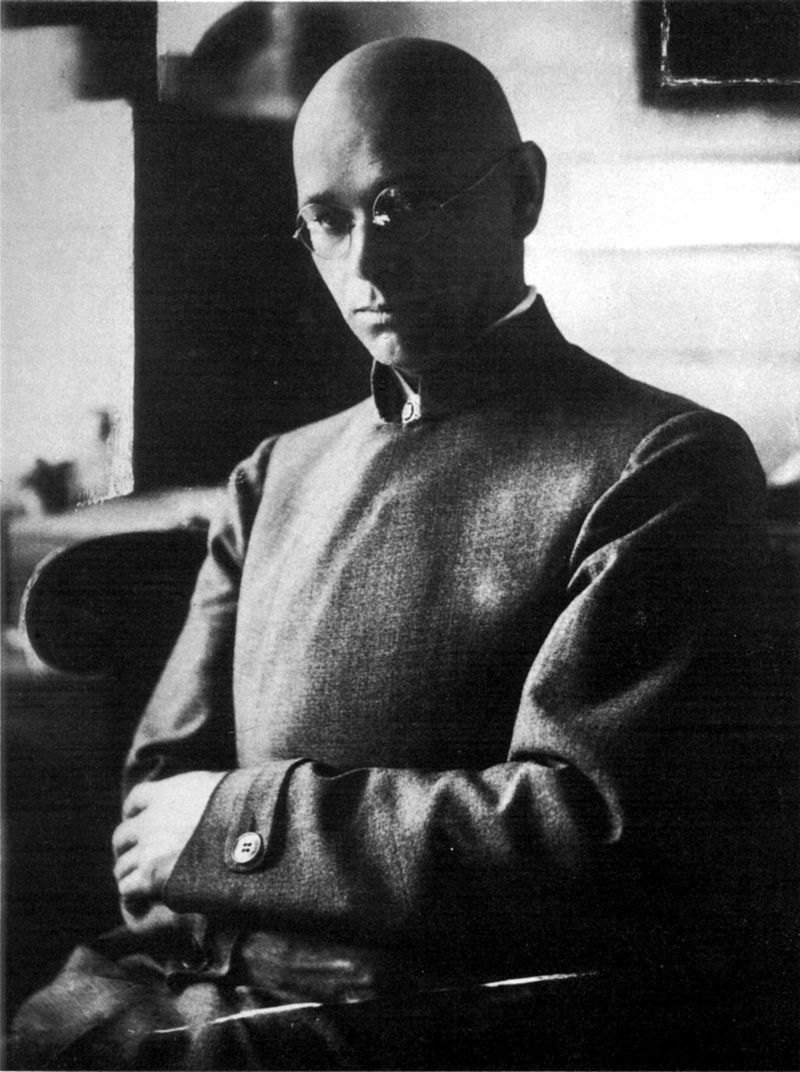
Johannes Itten (1888-1967)
Johannes Itten was a Swiss painter, educator, color theorist, and a core faculty member of the Weimar Bauhaus. Itten, who had worked as an elementary school teacher, developed the “Preliminary Course” of the Bauhaus, which gave all students a foundational knowledge of materials, composition, and color. This course differentiated the Bauhaus from other previous methods of teaching art, and remains influential on art education today.

Wassily Kandinsky (1866-1944)
Kandinsky taught the basic design class for beginners and the course on advanced theory at the Bauhaus. He conducted painting classes and a workshop in colour theory. The development of his works on forms study, particularly on points and line forms, led to the publication of his second theoretical book Point and Line to Plane in 1926. Geometrical elements took on increasing importance in both his teaching and painting—particularly the circle, half-circle, the angle, straight lines and curves. This period was intensely productive.
Kandinsky was one of Die Blaue Vier (Blue Four), formed in 1923 with Paul Klee, Lyonel Feininger and Alexej von Jawlensky, which lectured and exhibited in the United States in 1924. Due to right-wing hostility, the Bauhaus left Weimar and settled in Dessau in 1925. A Nazi raid on the Bauhaus in the 1930s resulted in the confiscation of Kandinsky’s first three Compositions. His works, displayed in the exhibit “Degenerate Art,” were subsequently destroyed along with works by Paul Klee, Franz Marc, and other modern artists.
Paul Klee (1879-1940)

Paul Klee was a Swiss German artist. His highly individual style was influenced by movements in art that included Expressionism, Cubism, and Surrealism. In 1920 Walter Gropius appointed Klee to the faculty of the Bauhaus in Weimar. From 1921 to 1930 he taught elemental design theory in the preliminary course at the Bauhaus. While at the Bauhaus, Klee became the director of the bookbinding workshop, the metal workshop, the glass painting workshop, and free sculptural and artistic design.. He also taught the theory of design in the weaving workshop. Klee left the Bauhaus in 1931, after which he taught as a professor at the Düsseldorf art academy until 1933 when the Nazis classified his work as ‘degenerate art’ and he was immediately fired.
Rudolf Lutz (1895–1966)
Well-known in his native Stuttgart, Rudolf Lutz was a student of the Weimar Bauhaus from 1919-1920. When Gropius was on a search for a new carpentry master of the school in 1921, he consulted Lutz. A prototypical Bauhaus polymath, he excelled in painting, architecture, and carpentry.
Gerhard Marcks (1889-1981)
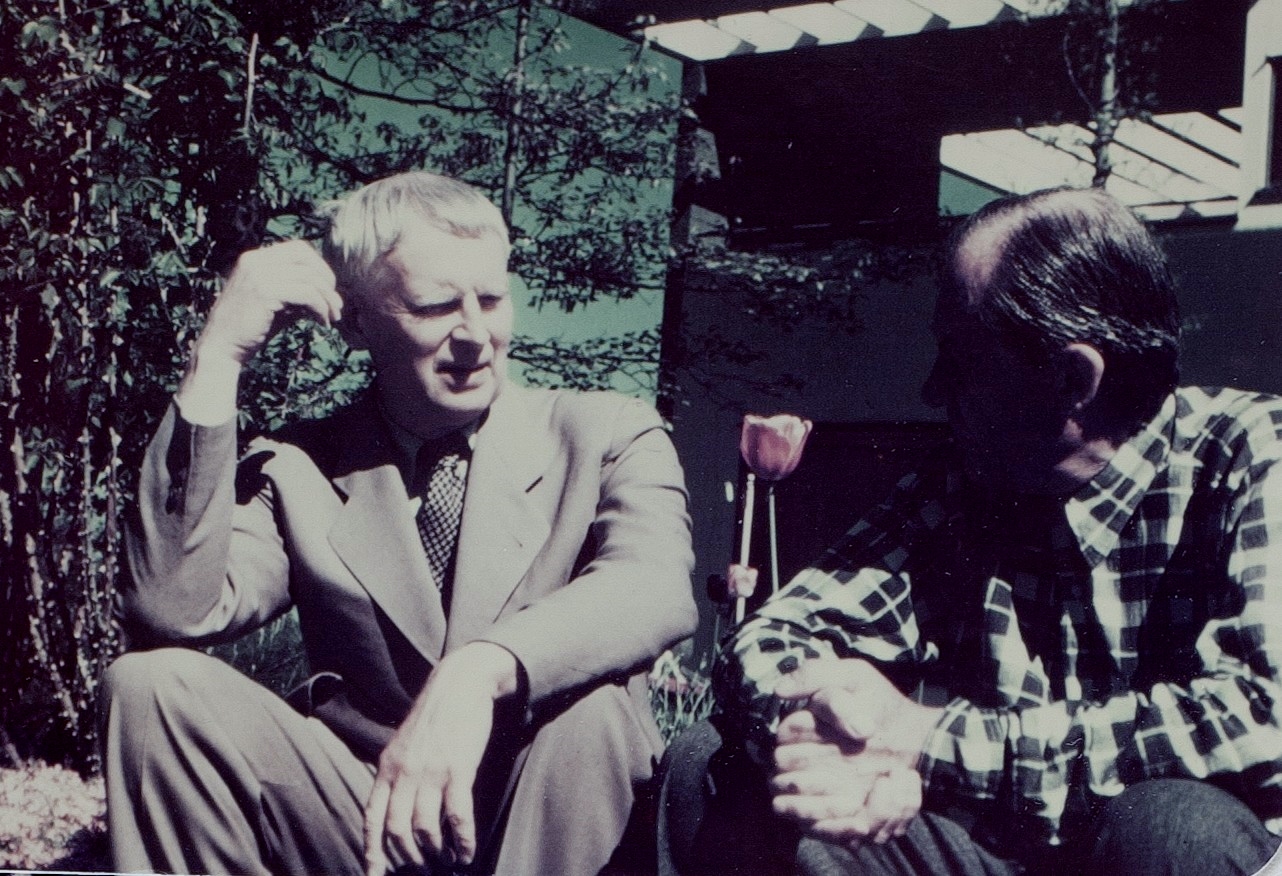
Gerhard Marcks was a German sculptor and one of the first three faculty of the Weimar Bauhaus, working side by side with Lyonel Feininger and Johannes Itten. Marcks served as the Master of the Pottery workshop in Weimar, which was discontinued upon the Bauhaus’ move to Dessau, upon which Marcks departed the school. In 1937, Marcks was included in the
Nazi propaganda exhibition “Degenerate Art,” along with many other Bauhaus Figures. Despite political hostilities, Marcks did not emigrate, and continued to live and work in Germany until his death in 1981.
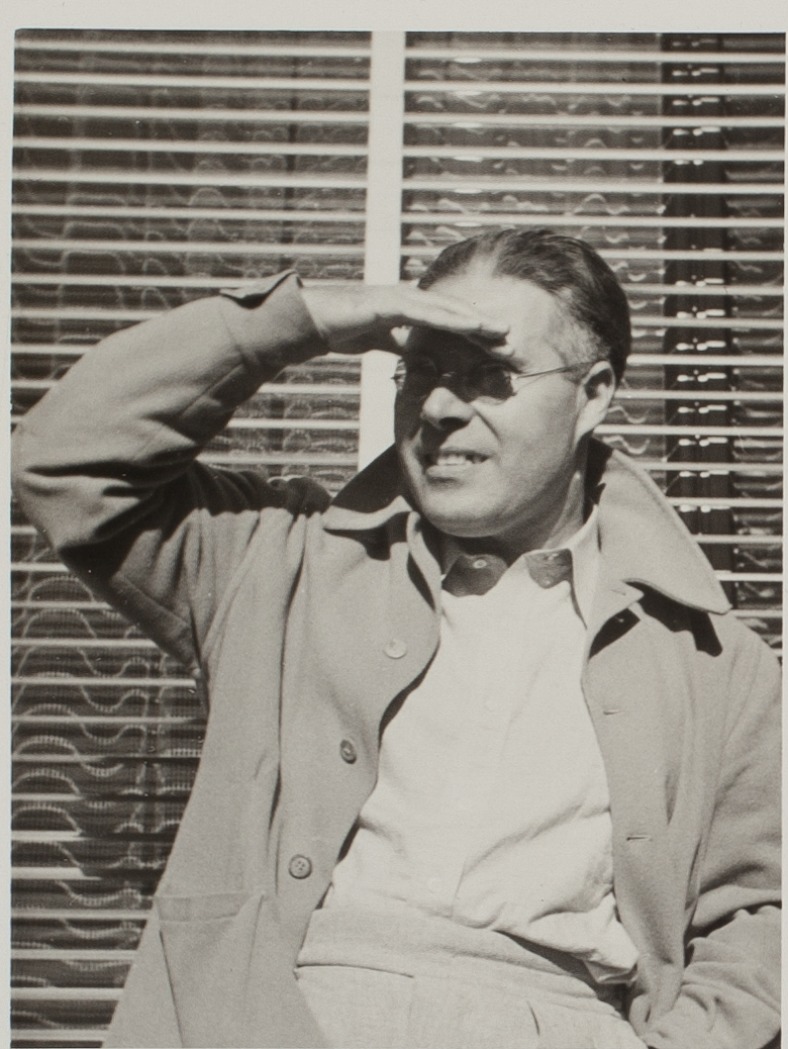
László Moholy-Nagy (1895-1946)
László Moholy-Nagy is one of the greatest influences on post-war art education in the United States. A restless experimenter from the outset, the Hungarian-born artist was shaped by Dadaism, Suprematism, Constructivism, and debates about photography. When Walter Gropius invited him to teach at the Bauhaus in Dessau in 1923, he took over the school’s crucial preliminary course, and gave it a more practical, experimental, and technological bent, introducing a new emphasis on the unity of art and technology. Moholy-Nagy’s gregarious disposition made him a natural teacher. He taught the metal workshop, taking over from Paul Klee, which designed a line of lighting fixtures under his direction that are still in use today. He later delved into various fields, from commercial design to theater set design, and also made films and worked as a magazine art director. But his greatest legacy was the version of Bauhaus teaching he brought to the United States, where he established the highly influential Institute of Design in Chicago.
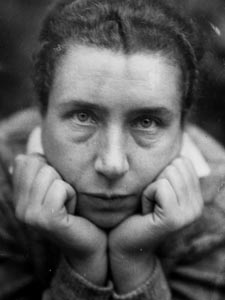
Lucia Moholy Nagy (1894-1989)
Lucia Moholy-Nagy, born Lucia Schulz, was a photographer. Her photography documented the interior and exterior of the Bauhaus buildings, as well as the students and teachers. Lucia Moholy-Nagy struggled to receive recognition for her work during her lifetime. Her images were used for marketing and in the Bauhaus school’s sales catalogs, as well as Bauhaus books that she edited. She had studied philosophy, philology, and art history, at the University of Prague and met Hungarian artist László Moholy-Nagy in 1920 in Berlin, marrying him on her 27th birthday in 1921. Together the couple lived in Weimar and Dessau.
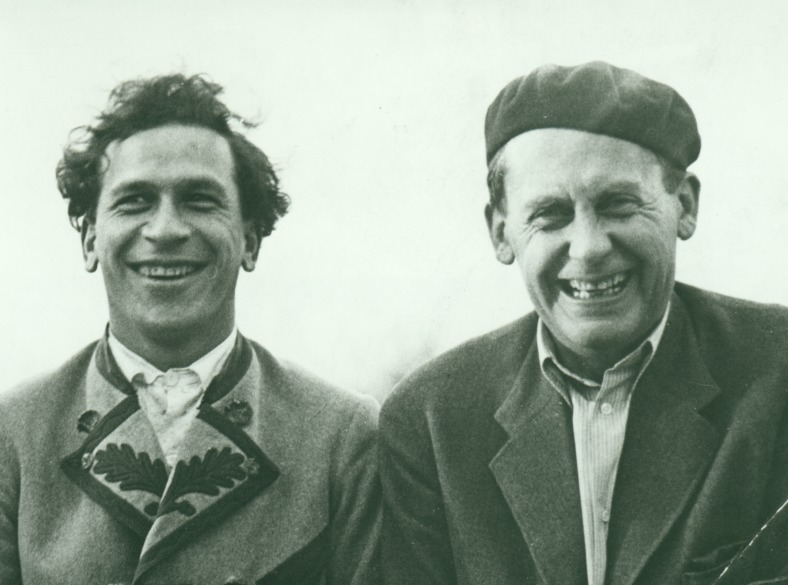
Alexander Schawinsky (1904 -1979)
Alexander Schawinsky – also known to his friends as Xanti– was a Swiss painter, photographer and theatre designer. Schawinsky enrolled in the Bauhaus in Weimar in 1924, where he took coursework with Klee, Kandinsky, and Moholy-Nagy. He subsequently followed the Bauhaus from Weimar to Dessau, and was an integral figure in the more theatrical pursuits of the Bauhaus, teaching alongside Oskar Schlemmer in stage design. Throughout his life, the theater was an integral part of Schawinsky’s creative life and aesthetic. Ati Gropius recalls, “The friendship with Xanti was very close from Bauhaus days on into the Lincoln years. He was a member of the core, almost family, a group including Breuer, Bayer, Schawinsky that my parents were very intimate with, and spent their time with on vacations and all festive occasions. Xanti gave “Pius” many presents, aside from the paintings. He was the “joker”, the jazz man, the clown…the bubbling spirit of the foursome.”
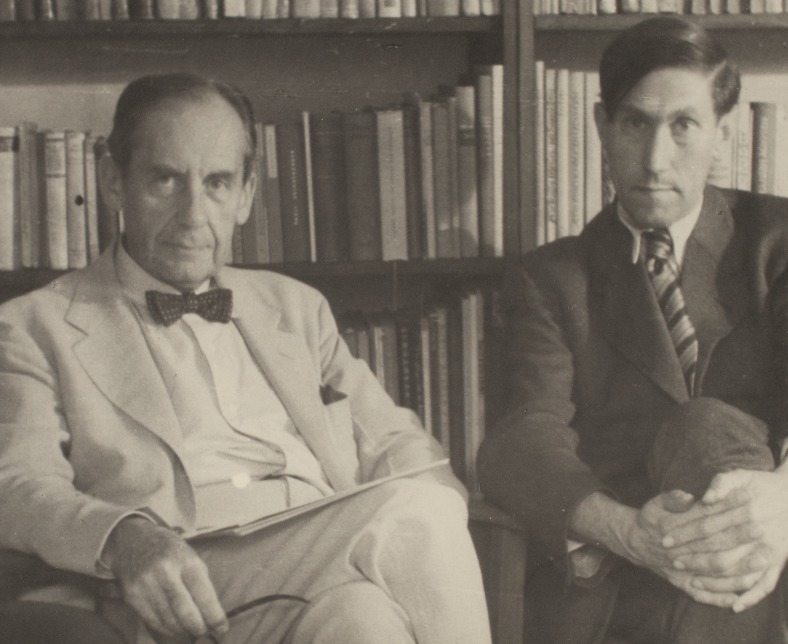
Hinnerk Scheper (1897-1957)
Scheper studied at the Bauhaus in Weimar from the winter semester of 1919, where he attended Johannes Itten’s preliminary course. In 1920, he worked as a journeyman in the wall painting department under Itten and Schlemmer and attended classes taught by Paul Klee. In 1922, he gained his master’s certificate at the Chamber of Crafts Weimar. He married the Bauhaus student Louise Berkenkamp the same year. In 1925, Walter Gropius appointed Scheper to the Bauhaus faculty as a junior master. From 1925 to 1933, he directed his workshop of mural painting, one of the most important within the Bauhaus in Dessau and Berlin.
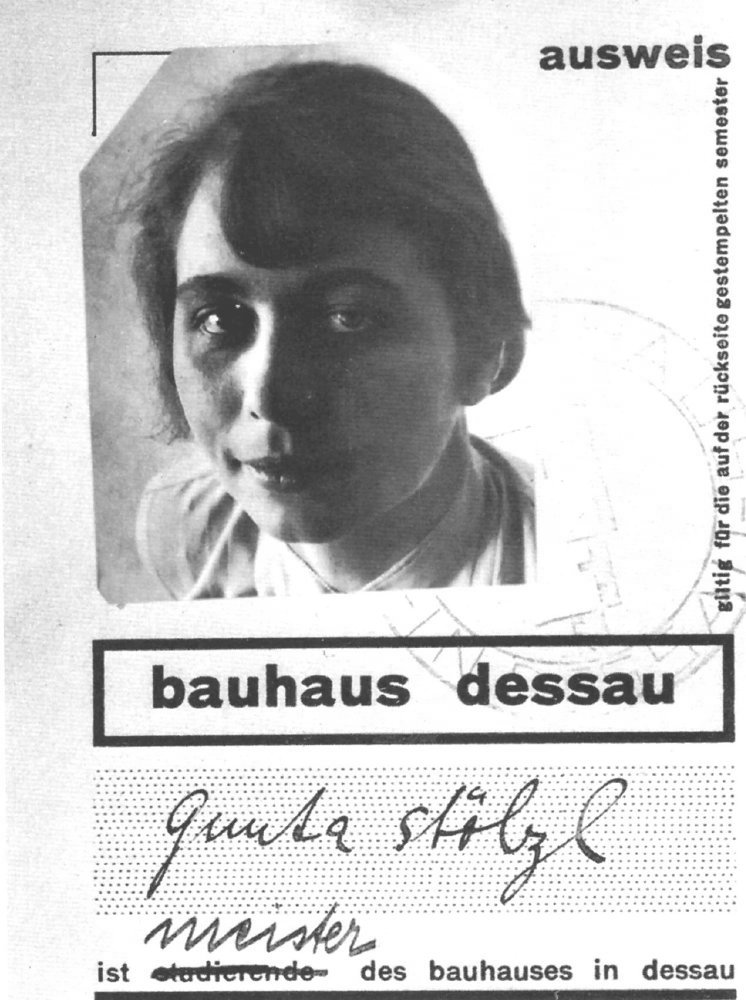
Gunta Stolzl (1897-1983)
Gunta Stötzl was a German artist who made great impacts on the weaving workshop at the Bauhaus. After working as a Red Cross nurse in the First World War, she began her career at the Bauhaus as a student in 1920, rising through the ranks to become a full master in 1928. She served at the Bauhaus until 1931, when she was dismissed by Mies Van der Rohe, causing much controversy among the student body.
Wilhelm Wagenfeld (1900-1990)
From 1923 to 1925 Wagenfeld studied at Bauhaus in Weimar. He undertook a preliminary course with Laszlo Maholy-Nagy in his first year and later trained in the Bauhaus metal workshop. During this time he designed some of his famous works, such as the Bauhaus WA24 ‘Wagenfeld lamp’ in 1924. When the Bauhaus in Weimar closed in April 1925, in order to move to Dessau, he did not go with it to complete his studies, but stayed in Weimar.